Our Christmas in Carpentras
John Liu
7 years ago
last modified: 7 years ago
Featured Answer
Sort by:Oldest
Comments (29)
sleevendog (5a NY 6aNYC NL CA)
7 years agopkramer60
7 years agoRelated Discussions
Did we poison our fir christmas tree?
Comments (19)Thanks all! I’m sitting here with this sad tree that we put SO much effort into. ==>>> you made a decision since you wrote this ... but lets get your head straight for this time of year .... no matter what happens... you are making.. made .. a memory ... most likely you arent going to remember an uneventful tree .. this one.. you will remember forever.. lol,.... and you are already on that journey ... and you will remember.. the year you got to decorate twice .... have a great holiday ... ken btw: here in MI ... they sell magnetic sheets ... that you can cut to the size of the register/vent ... and slap it on... and it self sticks ... 3 for 5 bucks or some such ... this will remove the direct flow of air on the tree .. which will really help ... and it will redirect the air to other vents.. https://duckduckgo.com/?q=magnetic+sheets+for+heat+registers&t=ffcm&iar=images&iax=images&ia=images...See MoreOur Traditional Christmas Eve Tourtiere
Comments (5)AnnT, that looks delicious, as usual. I'm glad Moe got to have the chile sauce with it, I know you have mentioned that he has to have it on Christmas with the Tourtiere. Merry Christmas, and best wishes to both you and Moe, for a healthy and happy New Year and for quick healing for Moe, both for this leg and for the repair of the other one. Annie...See MoreOur decade old Christmas Cactus is looking a bit wild! Any tips?
Comments (17)You're most welcome Brittany, happy to be able to help. Rina, thanks for the drawing, do you remember its provenance / credit? As I will cut & paste it for myself, but if I knew who to attribute it to, I'd like to be able to share it 'cause it's soooo good. Jamila, I think the 2 on the left are TCs, look at their jagged points. The one on the right could be Xmas or Easter. Rounded edges, but the length of the segments suggest to me Easter. That's the one I have yet to grow successfully, but know I how, I just need some new EC on which to prove it to myself. I hope to post some samples of mine on another thread in the next few days, so pls keep an eye out for that....See MoreCancellations for our trip and my Christmas Craft Night
Comments (2)Christmas Craft Night must be so much fun! I hope that you will post pictures of past projects and also what you're doing this year. We've also had to cancel plans to see our kids and grandkid, all out-of-state, and also very dear cousins in L.A. We'll be fine on our own together, but celebrating Hanukkah and Christmas without anyone else will certainly be different. Sable...See Moredcarch7 d c f l a s h 7 @ y a h o o . c o m
7 years agoIslay Corbel
7 years agolaceyvail 6A, WV
7 years agoJohn Liu
7 years agolast modified: 7 years agoJohn Liu
7 years agolast modified: 7 years agoJohn Liu
7 years agodcarch7 d c f l a s h 7 @ y a h o o . c o m
7 years agoplllog
7 years agoUser
7 years agosweet_betsy No AL Z7
7 years agoannie1992
7 years agolast modified: 7 years agocolleenoz
7 years agoIslay Corbel
7 years agolast modified: 7 years agoparty_music50
7 years agoannie1992
7 years agoplllog
7 years agoIslay Corbel
7 years agoJohn Liu
7 years agojakkom
7 years agoplllog
7 years agoJohn Liu
7 years agosleevendog (5a NY 6aNYC NL CA)
7 years agoIslay Corbel
7 years agoGooster
7 years agojakkom
7 years agoannie1992
7 years ago



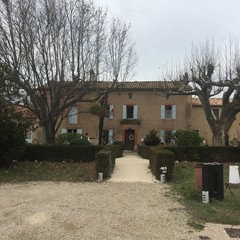


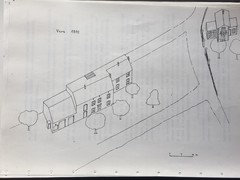
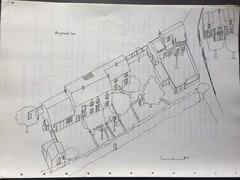

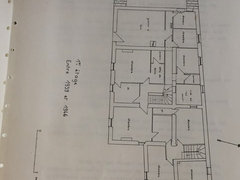


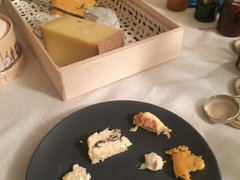
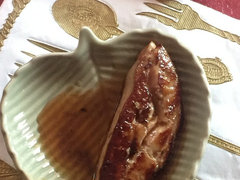

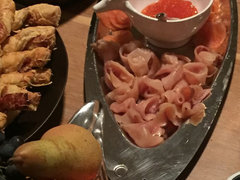
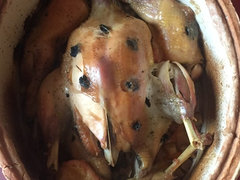
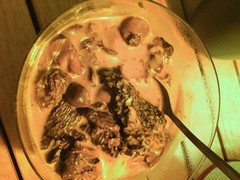
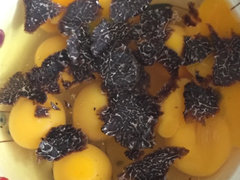

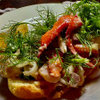
Islay Corbel